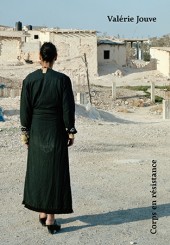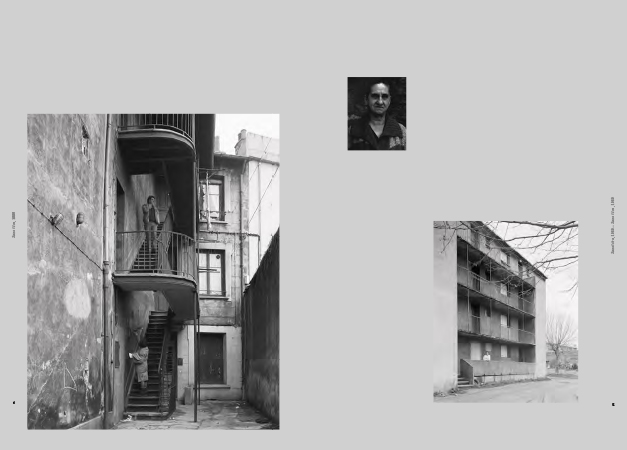Photographer and filmmaker, Valérie Jouve belongs to the generation of these artists, who, in France, moved away of the great humanist tradition photo reports, but without completely rejecting the useful and essential elements. She works from landscapes, especially urban landscapes. It includes in his photographs of portraits of men and women in motion; it has made its specialty. The two classical subjects of landscape and portrait are associated so
that, in the density of urban situations, took a highly choreographed scene. With this sociological approach, Jouve thickens representation and staging. His photographs are trying to question the city as a space proposal “to live together”; a city in motion, pace, always implemented.
An anthropologist by training, became photographer Valérie Jouve. But his photographs, which are works of contemporary art, also belong to the fields of anthropology, sociology, representation of the world today. The staged photography of moments with “images played” or “Performed” she deciphers our society and aspects of everyday theatricality.
Valérie Jouve
Artiste, Photographe

The approach Valérie Jouve (born in Firminy, France, 1964) questions the ability of the body to resist facing the social and urban standards. Since the early 1990s, its various photographic sets – that the artist refers to as the corpus – operate as a tireless exploration of ways of inhabiting the space of our relationship to the city and the territory. To reinvest the possible places she photographs, she did not specify their location, sketching disorder and fictitious space. Forming an open set, completed by the artist over time, each corpus is named Untitled and identified by a generic subtitle brackets: Characters, Facades, The Bystanders, The Street, The Situations, Trees …
In the compositions of its beginnings, emerging from the density of urban situations, the figure and the landscape meet in staging highly choreographed. Thereafter, the artist moved some vis-à-vis the photographed subject distance to open space to the notion of territory, the research also led to turn to the film.
For Valérie Jouve, an image acquired every time a new presence beside other images. In his skirmishes, she plays well on the development space and echoes caused by the confrontation in order to summon the imagination of the viewer, invited to project into the spaces of the exhibition.
Marta Gili
Commissaire, Directrice artistique

Marta Gili, born March 11, 1957 in Barcelona, is an art critic and curator. She was director of the Jeu de Paume in Paris from 2006 to 2018 and has been the director of the École nationale supérieure de la photographie in Arles since 2019.
Marie-José Mondzain
Auteur
Marie-José Mondzain, born 18 January 1942 in Algiers (Algeria) is a French philosopher, a specialist in art and images. She specialized in the study of the report to images of iconoclasm in the Byzantine period to modern representations (advertising, propaganda, news, as well as those of contemporary art).
Pia Viewing
Auteur, Commissaire
After graduate studies in art, then in art history, Pia Viewing began working at the Contemporary Art Center La Criée in Rennes, where she created the educational service. A post at the Fondation De Appel in Amsterdam was followed, between 1996 and 2004, by a committed work at the International Center of Art and Landscape of Vassivière in Limousin. After seven years at the Regional Center of Photography (CRP) in Douchy-les-Mines, Pia Viewing moved to new horizons to become a researcher and exhibitions curator at the Jeu de Paume in Paris.
Studio Zgorecki
Kasimir Zgorecki
Pia Viewing, Frédéric Lefever, Yves Frey, Anne Cartier-Bresson

Marc Pataut, de proche en proche
Marc Pataut
Pia Viewing, Marianne Dautrey, Stefano Chiodi, Jean-François Chevrier

Souterrain / Subterranean
Ali Kazma
Selen Ansen, Pia Viewing, Paul Ardenne, Barbara Polla

Corps en résistance
Valérie Jouve
Marta Gili, Arlette Farge, Marie-José Mondzain, Pia Viewing














